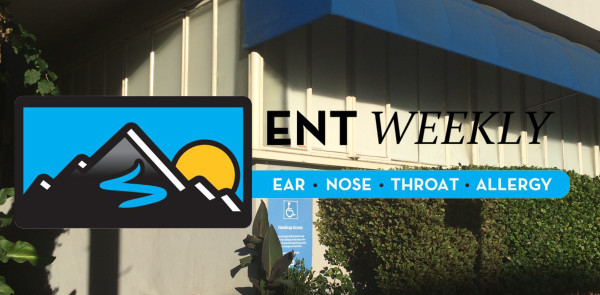The paranasal sinuses are a series of hollow chambers that surround the nasal chamber. The sinuses and the nose share a similar lining called the mucosa. This mucosa covers the entire system and consists of structural cells, mucus-producing cells, and hair cells called cilia. The cilia beat back and forth to move the mucus from the sinus to the nose and down the back of the throat where it can be swallowed. The purpose of this “mucus blanket” is to humidify, clean, and warm the air that we breathe. Healthy sinuses depend on unobstructed flow of this mucous.
Image Source: JACOPIN/BSIP (Getty Images)
Sinus trouble starts with blockage of one or several of the crucial passageways connecting the sinus to the nasal chamber. Such obstruction can be caused by any condition that also causes stuffy nose: common colds, allergies, or other nasal irritations. Structural abnormalities may also predispose the sinuses to obstruction. The first symptom is usually pain or pressure associated with a stuffy nose. Prolonged obstruction blocks the flow of the secretions, inviting the growth of bacteria. In addition to the pain and nasal stuffiness, the patient may begin to notice fever, fatigue, and other symptoms associated with the common cold. The nasal secretions may turn thick and yellow or green as bacteria and pus fill and swell the sinuses.
The classic sinus infection (also known as sinusitis) typically starts with a cold or allergy attack that follows a normal course for a few days. Around the fourth or fifth day, the cold may begin improving, but the nasal mucus turns thick and yellow; the patient begins to feel worse, and a fever may appear. Sometimes, sinus disease develops slowly and never reaches the phase of acute illness. Patients may be bothered by thick post nasal drip or bad breath from the flow of pus down the back of the throat. Long term allergy can lead to polyp formation within the nose or sinuses, and the polyps can swell to cause obstruction.
Most sinus infections are self-limiting and, thus, clear spontaneously. However, thick drainage beyond a few days usually requires an antibiotic. The position of the sinuses, relative to the eyes, brain, and spinal fluid, may account for the rare complications that make treatment of infections necessary. The prime goal of treating sinus infections is to restore the normal drainage patterns to allow the sinuses to clean themselves. Stay tuned next week for treatment options!
Feature Image Source: Justin Chin










